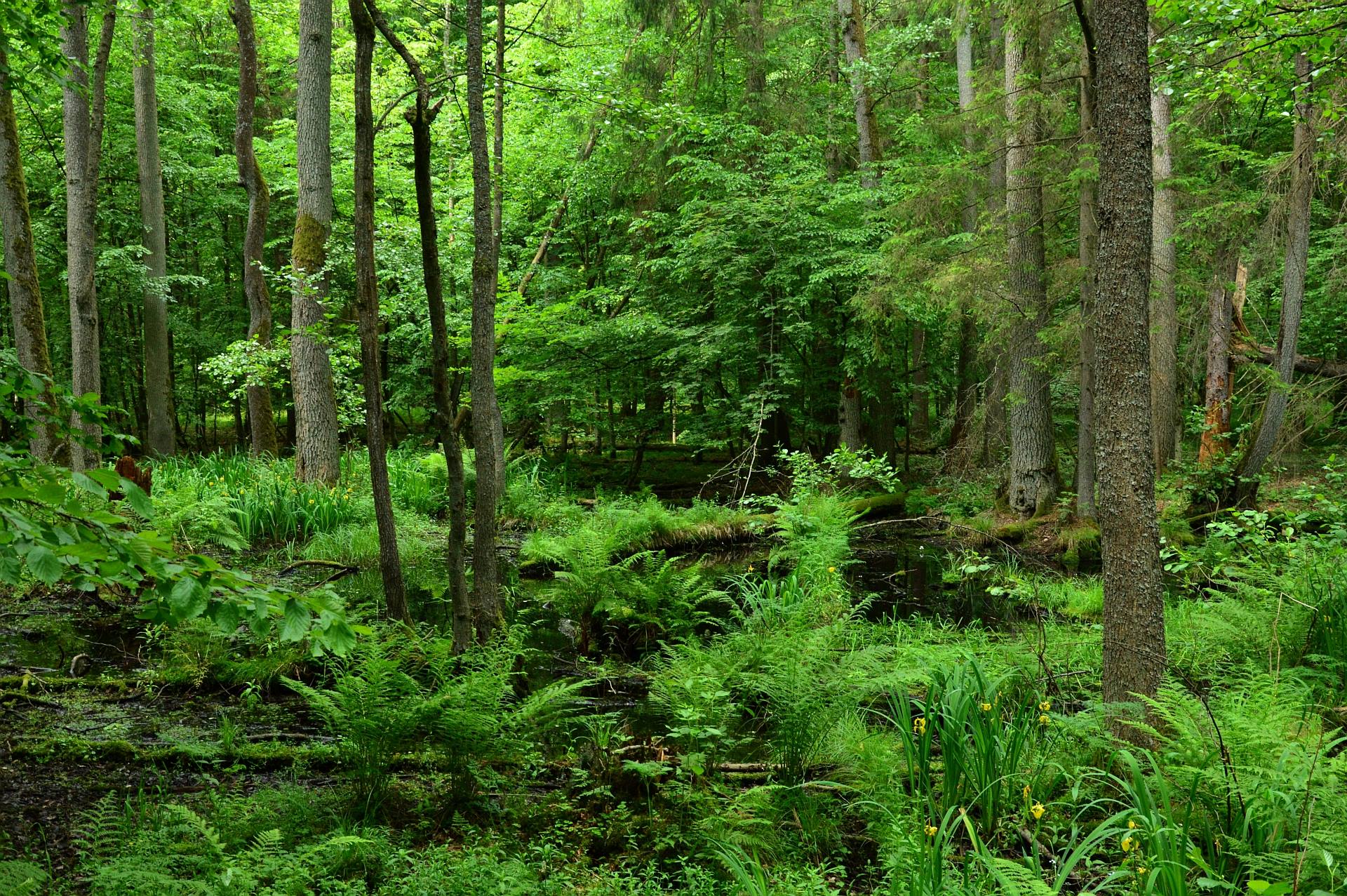- Shinrin yoku – “forest bathing” – Japanese modern term meaning immersion into the atmosphere of the forest with all senses. There are numerous scientific studies on the work of the brain, immunity and the response of the nervous system and psychological reactions under the influence of this type of therapy. In the certain Asian countries shinrin yoku is the branch of academic medicine with its own health centers, walking trails and medical care focused around the subject. It involves careful, silent, slow walking or standing in the forest atmosphere, using all the senses, with the right attitude and duration of the experience.
- Silvotherapy – a more general term, found rather in therapeutic programs, rarely in scientific literature. It means taking advantage of being surrounded by trees. Practice include walking, physical contact with the trees by touching the bark, relaxing in the forest. It means generally resting among trees.
- Imaging techniques – additional techniques that enable deepening the individual relationship with nature, influencing the potentialization of subjective benefits resulting from forest therapy. They increase the experience of mindfulness, awareness and relationship with the surrounding nature, deepen relaxation and facilitate the observation of internal processes. Used additionally in in-depth forest environmental exposure programs.
- Respiratory techniques – diaphragmatic breathing, prolonged exhalation or careful breathing are well-known exercises used in various psychotherapeutic techniques an relaxation classes. They reduce tension and physiological stress, allow for better oxygenation, muscle relaxation, mindfulness, support concentration and falling asleep. Used additionally in in-depth forest environmental exposure programs.

